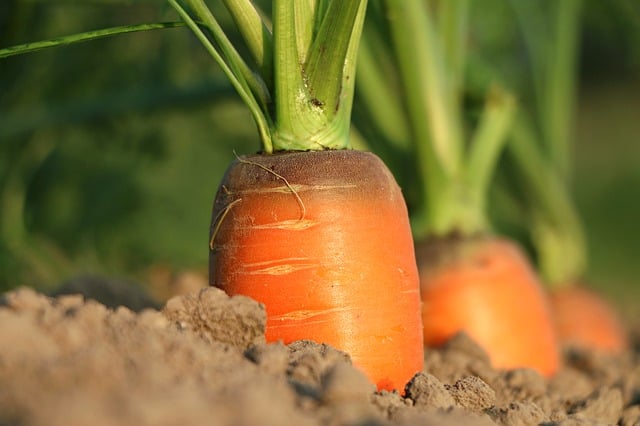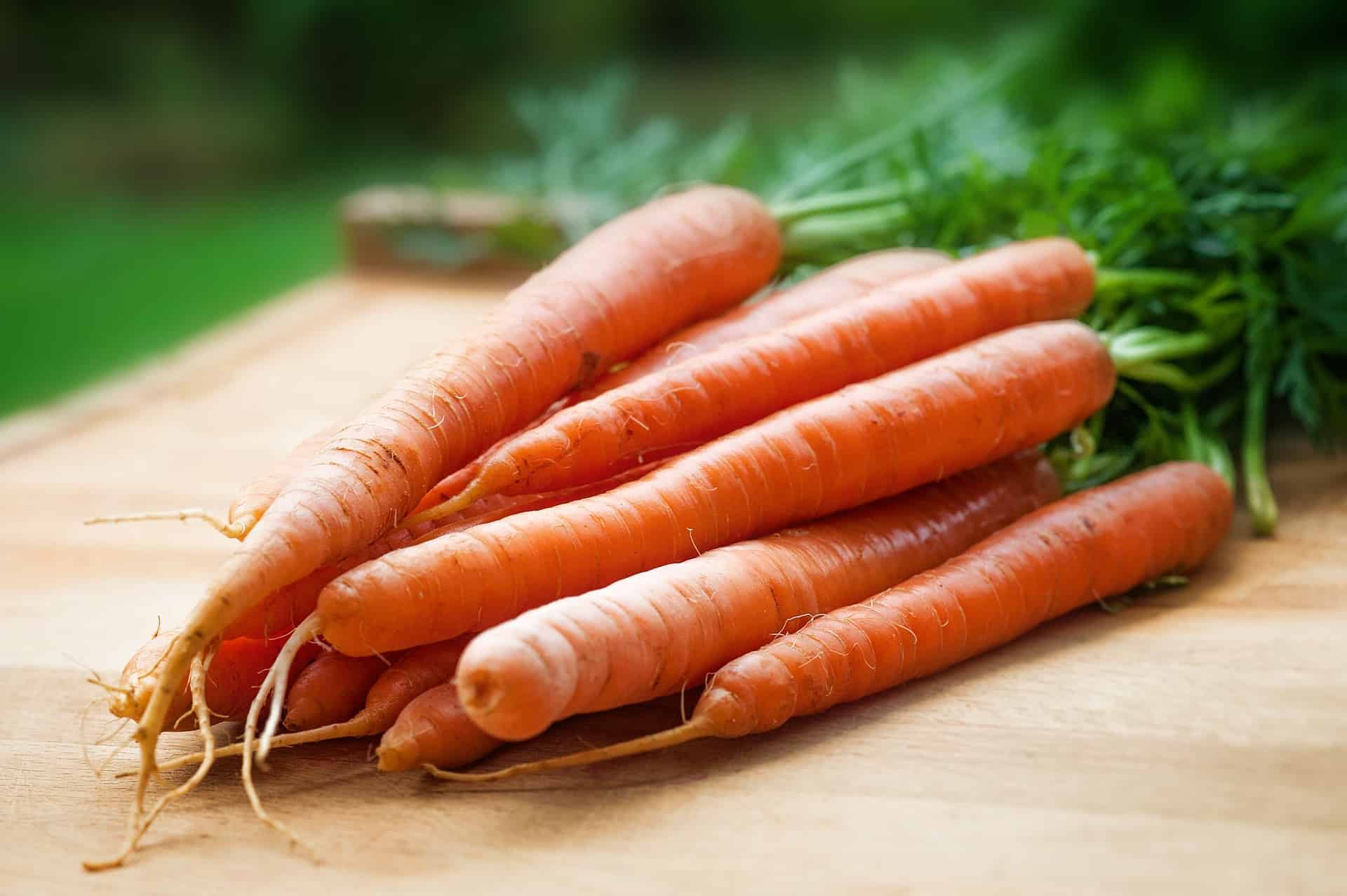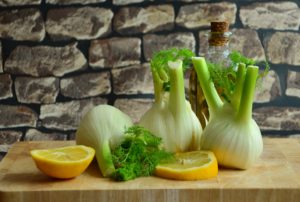Whether you’re an experienced gardener or just beginning your green thumb journey, this guide will help you understand when and how to harvest carrots for the best results.
When to Harvest Carrots
Timing is crucial when it comes to harvesting carrots. The general rule of thumb is to wait until your carrots have reached a size that’s suitable for your recipe, typically between 1/2 inch and 1 inch in diameter. Here are a few key indicators to help you decide when it’s time to harvest:
Check the Seed Packet: Most carrot varieties take about 70 to 80 days from sowing to reach maturity. Refer to your seed packet for specific information on the variety you planted.
Appearance of the Tops: Carrot tops will begin to yellow as they mature. While you don’t want to wait until they completely wilt, a slight yellowing usually indicates that the carrots below are ready to be harvested.
Feel the Soil: Gently push aside some soil at the base of the carrot. If the root feels firm and has reached the desired size, it’s time to pull them out.
Season: Late summer and early fall is usually prime time for carrot harvesting. However, depending on your climate, some varieties can also be harvested in spring.
How to Harvest Carrots

When it comes to harvesting carrots, it’s essential to be gentle to avoid damaging the roots. Follow these steps for a successful harvest:
1. Gather Your Tools
Before you begin, make sure you have the right tools on hand. You will need:
A sturdy garden fork or spade
Gloves (to protect your hands and keep them clean)
A bucket or basket for collecting your carrots
2. Loosen the Soil
Using your garden fork or spade, carefully dig around the carrot to loosen the soil without disturbing the root. Start about 4-6 inches away from the base of the carrot to ensure you don’t accidentally cut into it.
3. Pulling the Carrots
Once the soil is loosened, gently grab the leafy green tops of the carrot and pull it straight out of the soil. If the carrots seem stuck, wiggle them gently back and forth to ease them out. Avoid tugging too hard, as this can cause the carrot to break.
4. Cleaning Your Harvest
Once you have pulled out your carrots, it’s important to clean them. Rinse them thoroughly under running water to remove any remaining soil. Trim the tops to about 1 inch from the root, as this helps to preserve moisture and freshness.
Storing Your Carrots
To enjoy your homegrown carrots for weeks to come, proper storage is key. Here are some tips on how to keep them fresh:
Refrigerate: Store your cleaned carrots in a plastic bag or container in the refrigerator. If you leave the tops on, it can lead to them becoming limp, so it’s best to cut them off.
Moist Sand Storage: If you have a root cellar or cool, dark place, you can store your carrots in moist sand or sawdust. This method helps retain moisture and crispness.
Freezing: For long-term storage, blanch your carrots for a few minutes and then freeze them. This method preserves their flavor and nutritional value.
Enjoying Your Carrot Harvest
Now that you’ve harvested and properly stored your carrots, it’s time to enjoy them! Carrots are incredibly versatile and can be used in a variety of dishes, from soups and stews to salads and side dishes. Here are a few ideas:
Roasted Carrots: Toss your carrots in olive oil, salt, and herbs, then roast them for a flavorful side dish.
Carrot Soup: Blend your fresh carrots with some broth and spices for a warm, comforting soup.
Raw Snacks: Enjoy your carrots raw with hummus or dip for a healthy snack.
Carrot Cake: Bake a delicious carrot cake and share it with family and friends for a sweet treat.
Conclusion
Harvesting carrots is a rewarding experience that connects you to your garden and allows you to enjoy the fruits of your labor. By knowing when and how to harvest, you can ensure you get the best flavors and textures from your homegrown carrots. Whether you’re snacking on them raw or incorporating them into a hearty meal, your garden’s bounty is sure to bring joy to your table





